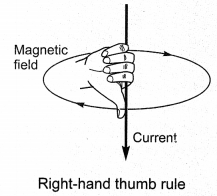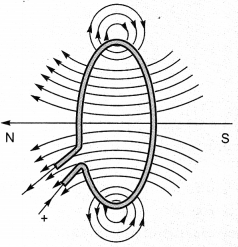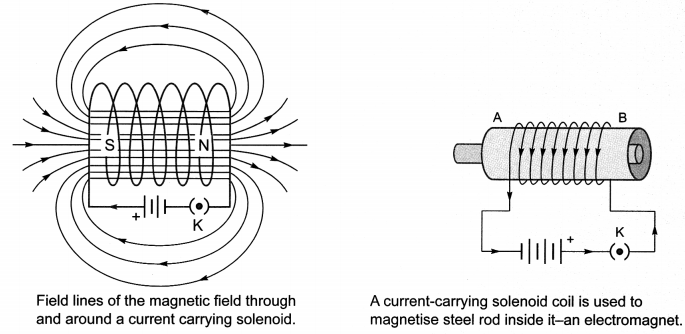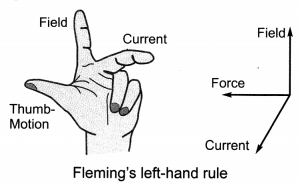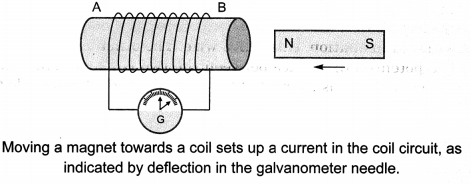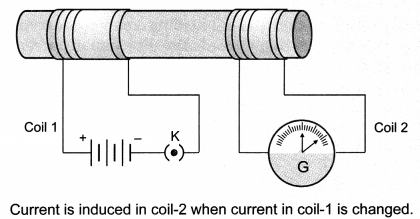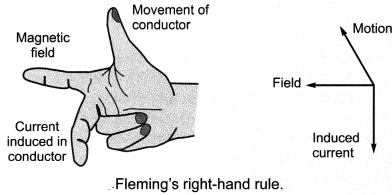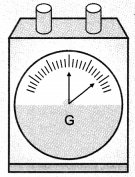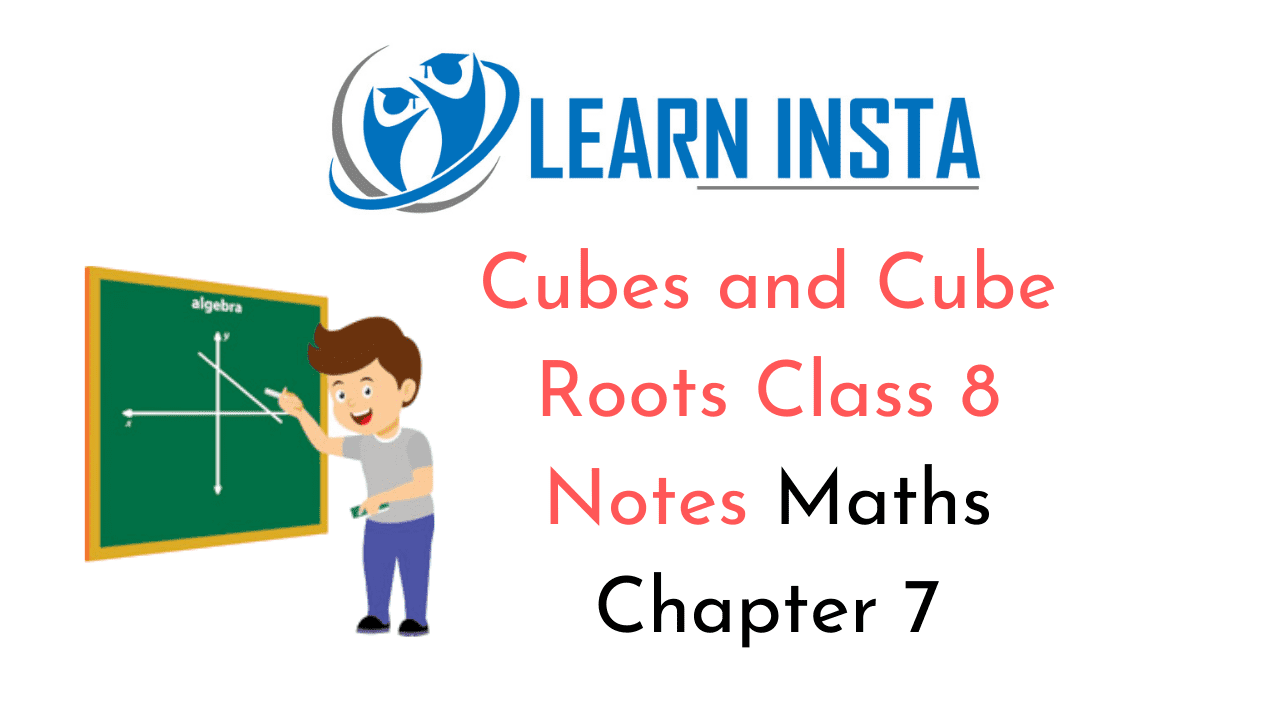
On this page, you will find Cubes and Cube Roots Class 8 Notes Maths Chapter 7 Pdf free download. CBSE NCERT Class 8 Maths Notes Chapter 7 Cubes and Cube Roots will seemingly help them to revise the important concepts in less time.
CBSE Class 8 Maths Chapter 7 Notes Cubes and Cube Roots
Cubes and Cube Roots Class 8 Notes Conceptual Facts
- A natural number n is a perfect cube if there exists a natural number m such that m x m x m = n For example: 1, 8, 27 …. are all perfect cubes
Properties of Cubes of Numbers:
- Cubes of all odd numbers are odd. Thus 33 = 27, 53 = 125, etc.
- Cubes of all even numbers are even. Thus 23 = 8, 43 = 64, 63 = 216, etc.
- Cubes of all negative numbers are always negative. Thus (-1)3 = -1, (-2)3 = -8, (-3)3 = -27, etc.
- \(\left(\frac{a}{b}\right)^{3}=\frac{a^{3}}{b^{3}}\)
Properties of Cube Roots:
(i) \(\sqrt[3]{-a^{3}}=-a\)
(ii) \(\sqrt[3]{a b}=\sqrt[3] a^{a} \sqrt[3]{b}\)
(iii) \(\sqrt[3]{\frac{a}{b}}=\frac{\sqrt[3]{a}}{\sqrt[3]{b}}, b \neq 0\)
A Pattern of Cube:
13 = 1
22 = 8 = 3 + 5
33 = 27 = 7 + 9 + 11
43 = 64 = 13 + 15 + 17 + 19
53 = 125 = 21 + 23 + 25 + 27 + 29

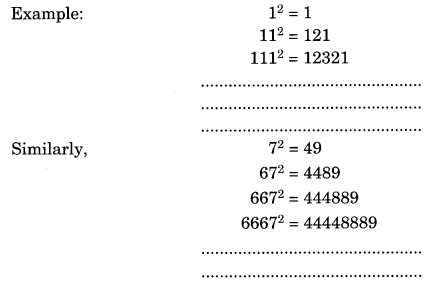



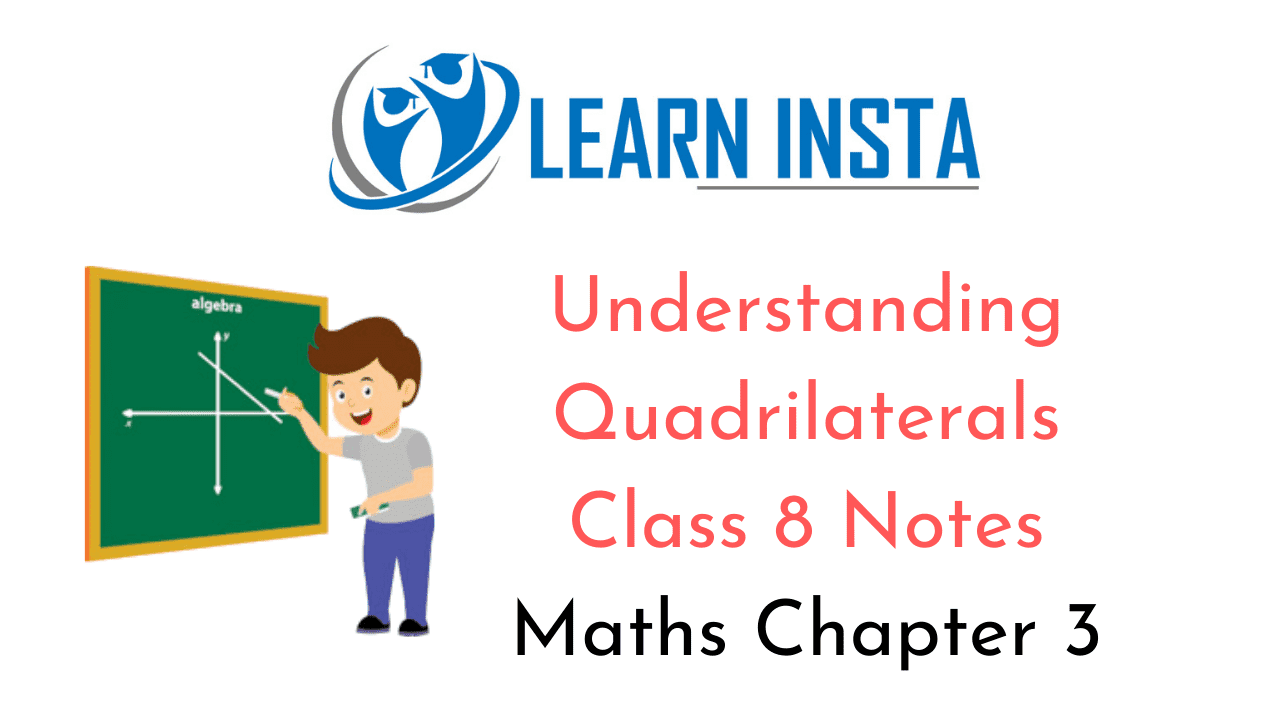
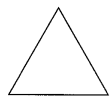

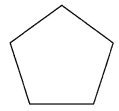
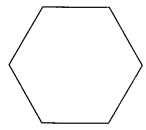



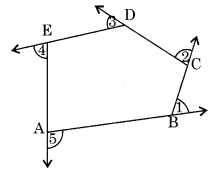

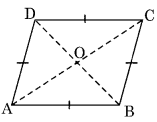

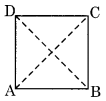
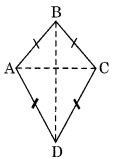

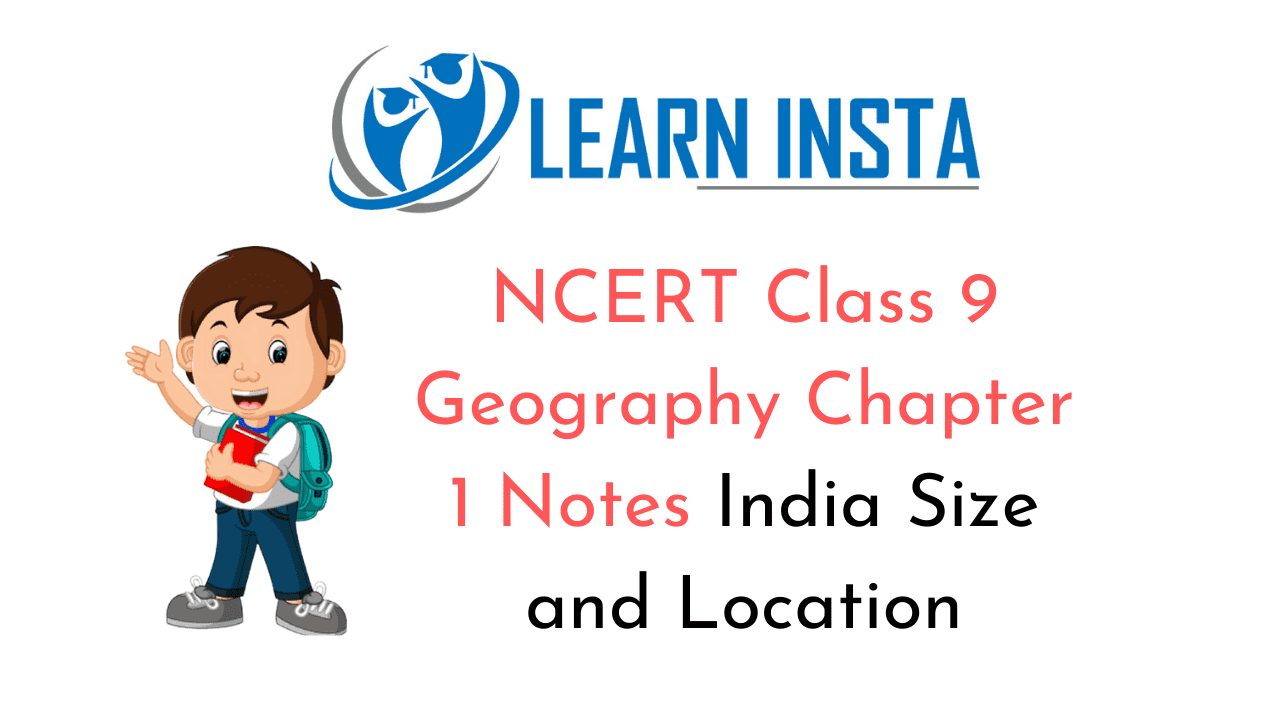

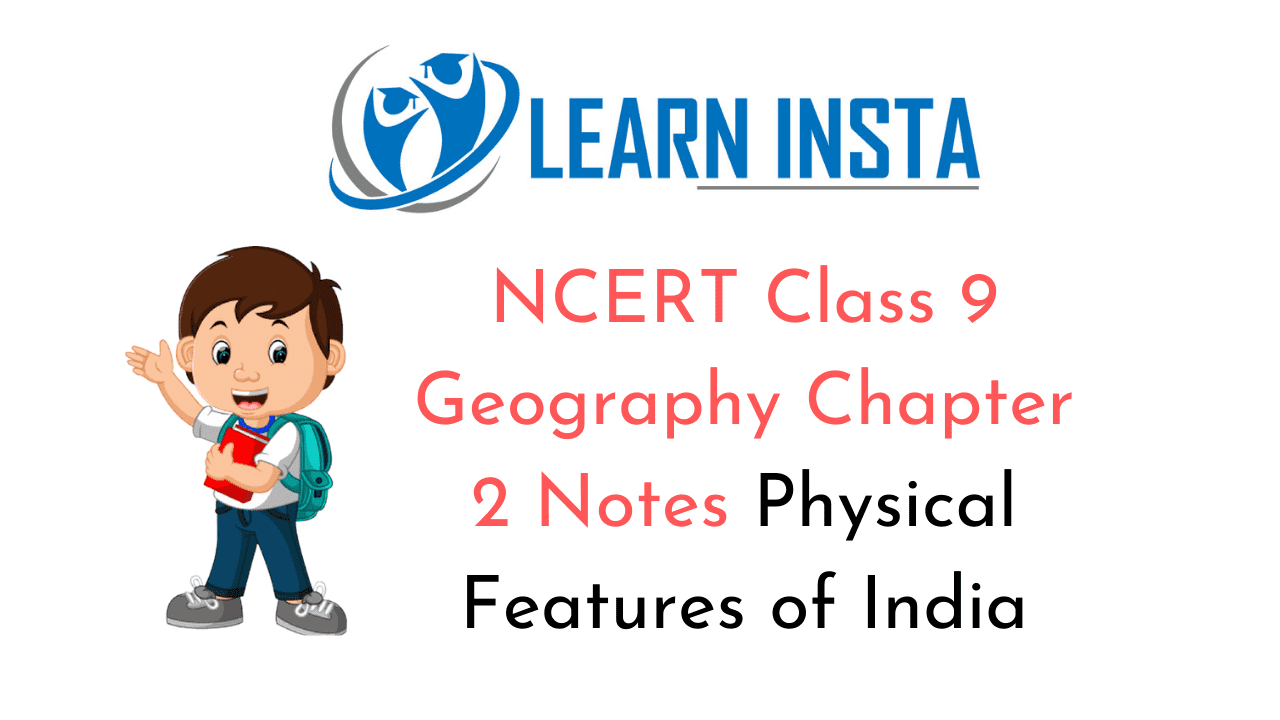
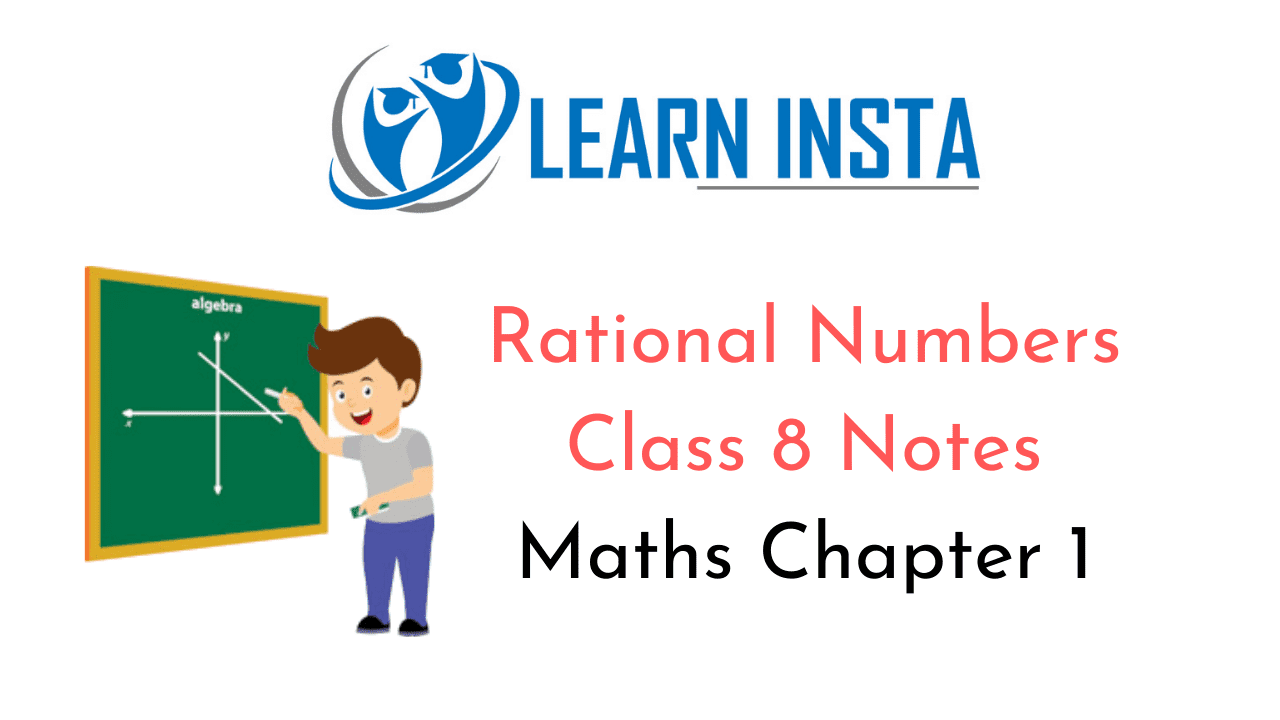

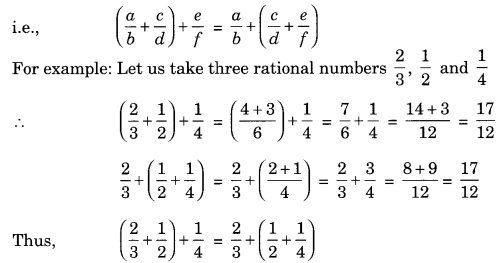

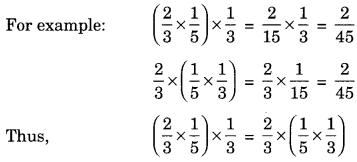



 On this page, you will find Magnetic Effects of Electric Current Class 10 Notes Science Chapter 13 Pdf free download. CBSE NCERT
On this page, you will find Magnetic Effects of Electric Current Class 10 Notes Science Chapter 13 Pdf free download. CBSE NCERT 

